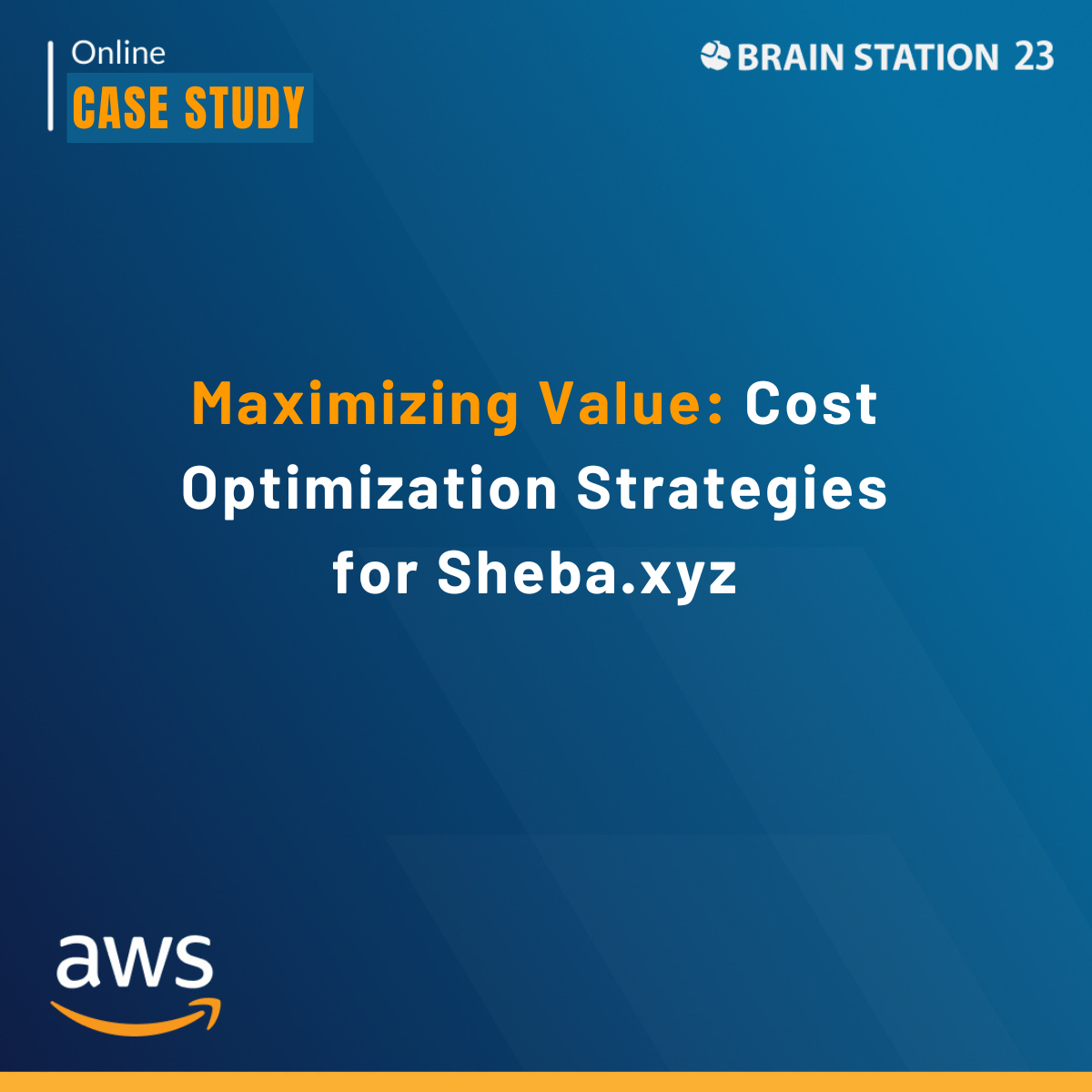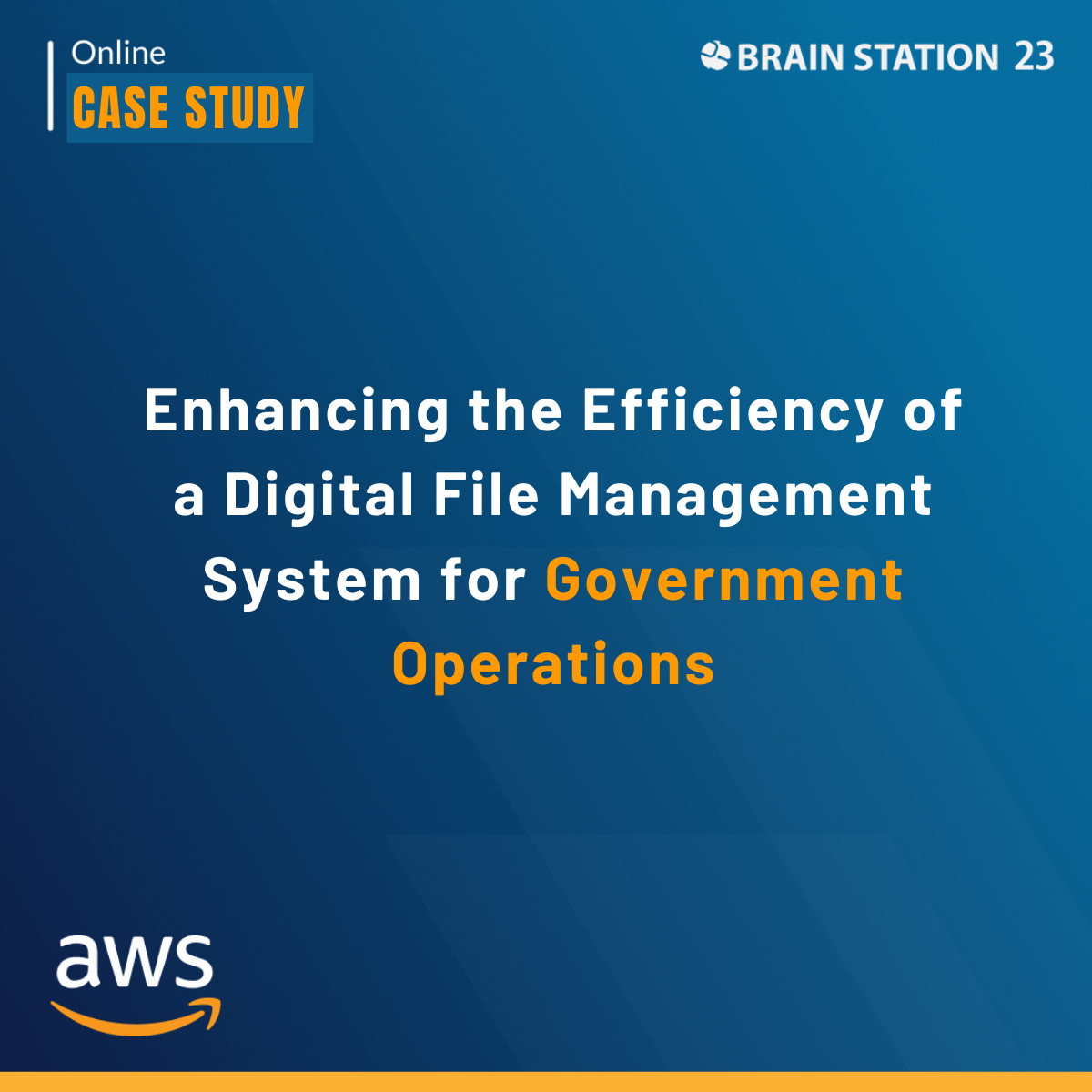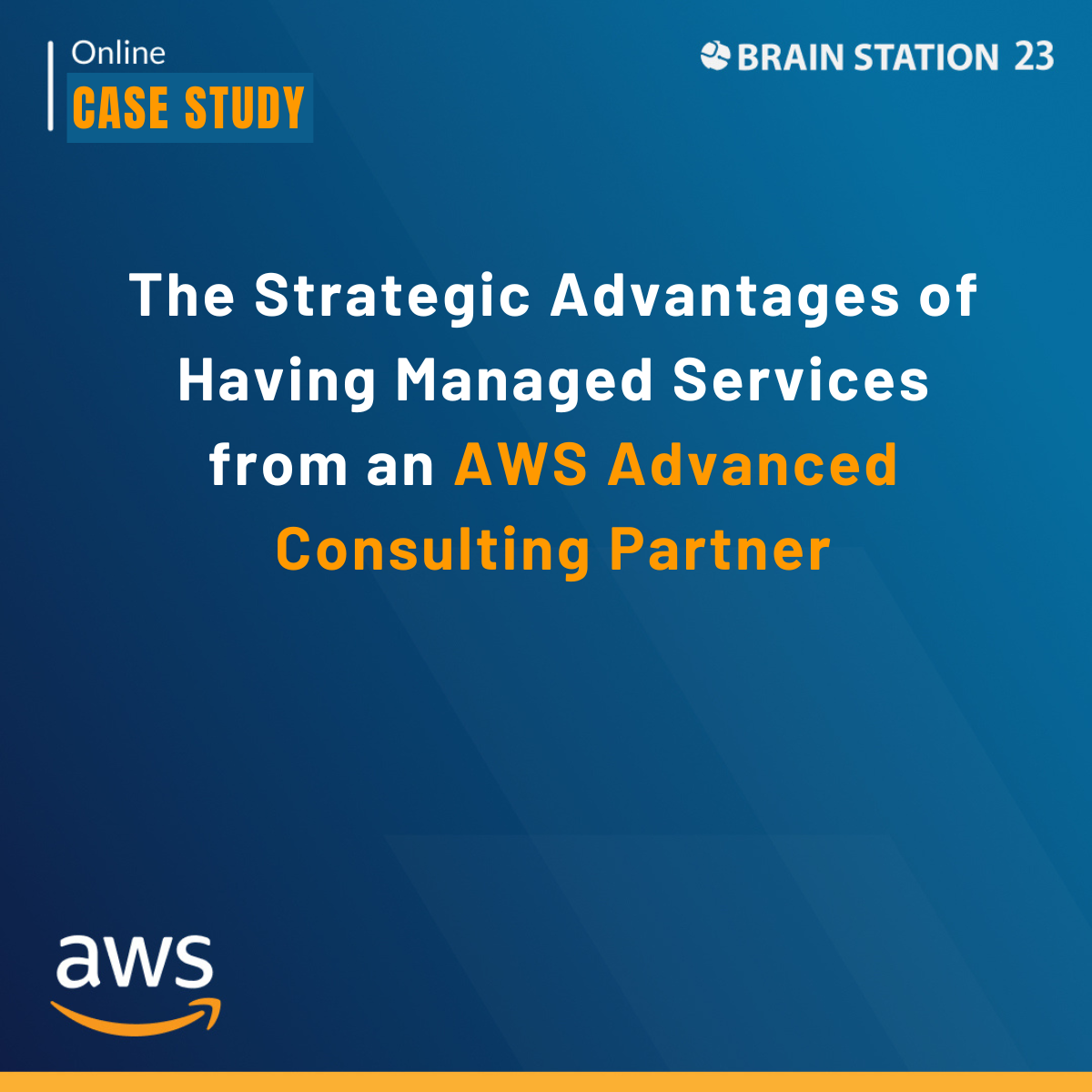Reading time - 2 min.
Achieving Cost Optimization with a Well-Architected Framework Review
Reading time - 2 min.
Achieving Cost Optimization with a Well-Architected Framework Review
Background
In today’s competitive digital landscape, cost efficiency is paramount. BrainStation-23, leveraging AWS’s Well-Architected Framework (WAFR), has consistently delivered optimized solutions that drive down costs without compromising performance. This case study highlights how brainStation-23 helped a leading e-commerce company achieve a 25% reduction in cloud infrastructure costs by performing a comprehensive WAFR review and implementing the recommendations.
The Challenges
The client, a large e-commerce company, was grappling with high cloud infrastructure costs due to a complex architecture spanning multiple cloud platforms. The infrastructure was not only costly but also underperforming in key areas. The company required a strategic review to identify inefficiencies, optimize resource usage, and ultimately reduce costs while maintaining high performance and availability.
Upon conducting a thorough WAF review, BrainStation-23 identified several critical areas of improvement:
Resource Underutilization: Multiple resources were either underutilized or over-provisioned, leading to inflated costs.
Lack of a Tagging Strategy: The absence of a proper tagging strategy hindered effective resource management and cost tracking.
Performance Degradation: Inefficient infrastructure was causing performance bottlenecks, further driving up costs.
Cost Evaluation Gaps: The company lacked a robust method for evaluating cloud costs, making it difficult to pinpoint and address inefficiencies.
Based on the WAF review findings, BrainStation-23 implemented a series of optimization measures:
Rightsizing and Auto-Scaling: Resources were resized based on actual usage patterns, and auto-scaling was implemented to ensure optimal resource allocation. This led to an immediate 10% reduction in infrastructure costs.
Tagging Implementation: A comprehensive tagging strategy was introduced, enabling better resource management and cost tracking.
Load Testing and Optimization: Targeted load testing was conducted to identify and address performance issues, resulting in further cost reductions.
Total Cost of Ownership (TCO) Analysis: A TCO model was developed, considering all aspects of the infrastructure, from resource provisioning to network traffic and storage, to provide actionable insights for cost optimization.





